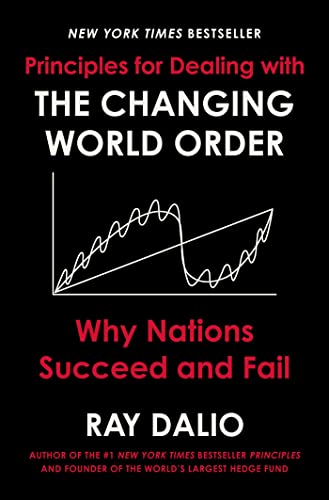
The Great Reset: And the War for the World
Link to Downlload ⇒ Downlload Now!
Link to Read ⇒ Reaad Now!
Review : In The Great Reset: And the War for the World , the most controversial man on earth Alex Jones gives you a full analysis of The Great Reset, the global elite's international...




















